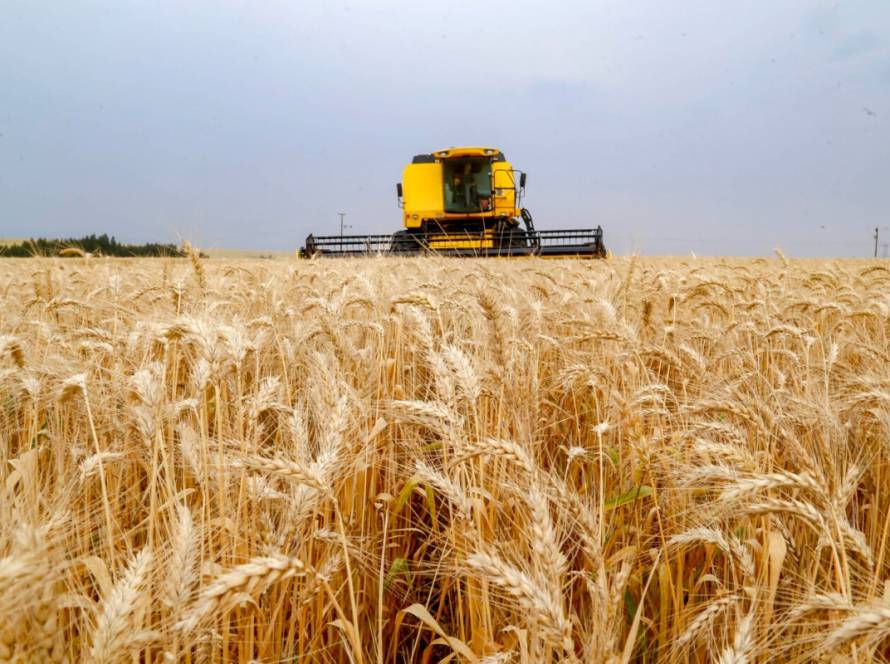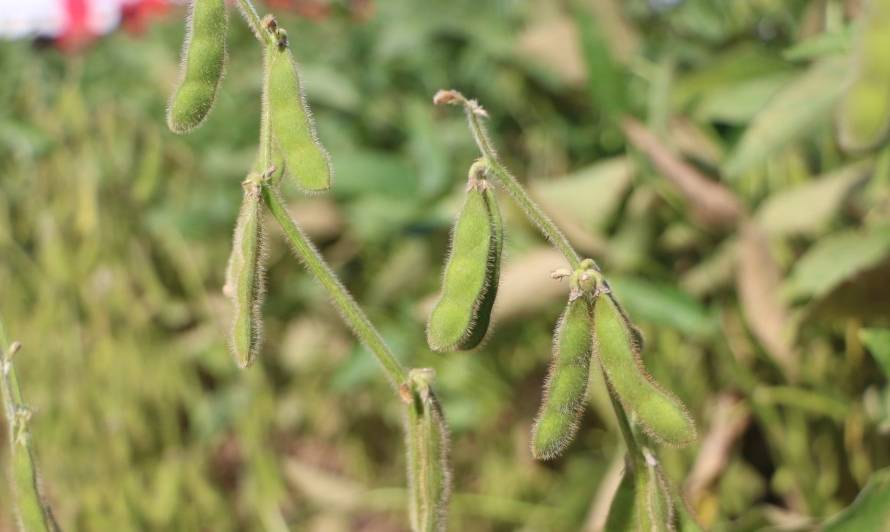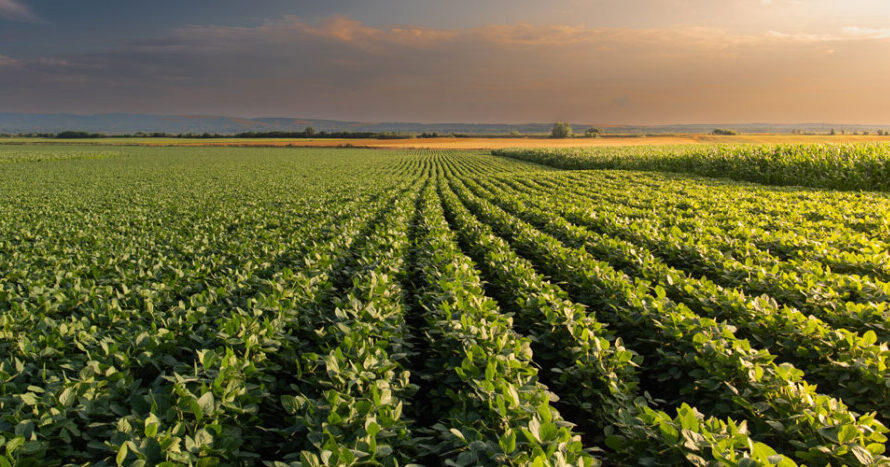The weather once again impacted the performance of the second corn crop, but this time in a positive way. Brazilian corn production is expected to reach 105 million tons, 14.8% higher than last year. Reasonably evenly distributed rainfall and frosts that grazed corn in Paraná and Mato Grosso do Sul resulted in a 9% increase in national productivity this year, according to a survey released in July by the Brazilian Institute of Geography and Statistics (IBGE). In the 2024 harvest, crops were significantly affected by droughts in Paraná and Mato Grosso do Sul. In 2025, in addition to higher productivity, the weather also favored grain quality, especially during the harvest phase, when there was a dry period of almost 30 days.

Juarez, his wife Vanice and his son José Henrique Zitterell on the property in Cascavel (PR), where the couple achieved an average productivity of 144 bags/hectare
In Cascavel, Paraná, Juarez and Vanice Romanoski Zitterell completed the harvest of 40 hectares of second-season corn, with an average yield of 144 bags per hectare, on their property in Colônia Barreiro, in the interior of the municipality. "The weather was good, and we narrowly escaped the frost. Pests and diseases only appeared at the end. We applied two fungicide applications," says Juarez. His wife, Vanice, recalls that planting the crop on January 24th and 25th allowed the crop to reach a stage well ahead of the frost season. She shares the farming duties with her husband, operating tractors and driving trucks during the harvest, as their only son, José Henrique, has a field in another municipality.
Originally from Paraná, but with families from Rio Grande do Sul and Santa Catarina, they produce, in addition to corn, soybeans, wheat, millet, and buckwheat. To supplement their income, Vanice grows 4,500 strawberry plants in a greenhouse. The three tons of fruit produced annually are sold to clients who produce fine foods and sweets.
Juarez and Vanice usually dedicate part of their acreage to cover crops during the winter. This year, buckwheat was also included in the rotation due to the prospect of better profitability. They joined C.Vale in 2024. "We joined because of the excellent service, technical assistance, trust, and the return the cooperative provides," reveals Juarez. Of the corn harvested and delivered to C.Vale by the couple, part will be used to cover costs. The remainder will wait for more attractive prices, says Juarez.
Second-crop corn 2025 – Average productivity
(bags/hectare)
MT – 113.2 (+1.6%)
MS – 84 (+41.6%)
PR – 99.5 (+20.5%)
Brazil – 100 (+9%)
Source: IBGE, July 2025
Second-crop corn 2025 – Production by state
(million tons)
MT – 48.99 (+3.1%)
MS – 11.08 (+42.9%)
PR – 16.53 (+31.7%)
Brazil – 105.41 (+14.8%)
Source: IBGE, July 2025
Mato Grosso do Sul
The weather favored Mato Grosso do Sul's 2025 second-crop corn crop. The frosts at the end of June had only a temporary impact, as most crops were already maturing when the cold weather arrived in late June, according to Jeferson Salatti, C.Vale's regional manager for the state. He notes that the weather conditions and good management by producers resulted in excellent-quality grains.
Mato Grosso
The state that produces the most grain in Brazil has just released nearly 50 million tons of corn onto the market. Production and productivity increased in 2025 compared to the previous season. "It was a large harvest, confirming projections. The weather favored not only the production of a large volume, but also the quality of the grains," says Renato Rambo, C.Vale's regional manager for Mato Grosso.





